As regular readers will know I’m not much of a ‘tech-head’ when it comes to camera gear. Whatever gear that a person happens to choose is simply that – a choice based on their specific needs. My basic belief is that small technical differences between gear are basically irrelevant. Every piece of camera gear comes with some sort of trade-off and as long as we consider those trade-offs in our decision process, we’ve done the best job we can selecting our equipment. What works for one person may not for the next. What is critical is the importance of knowing your gear, regardless of what it may be.
NOTE: Click on images to enlarge.

To me ‘knowing your gear’ has got nothing to do with being able to recite its technical specifications. It’s all about knowing how it performs and how well your specific photographic needs and skill set mesh with that equipment.

For example, hand-holding technique. It is very important for us to know where our ‘break-point’ is when using a specific piece of gear in terms of being able to get sharp images while shooting hand-held at slower shutter speeds.

You may own lenses that have vibration reduction technology, or image stabilization built into them. Your camera body may have this type of feature. Or, some of your lenses and the camera body you use may not have this type of feature at all.
Regardless of the gear you use, the key is to know at what shutter speed you can still get a sharp image when shooting hand-held. If you’re like most people, this will vary by lens and the focal length at which you are shooting. Generally speaking most people find that the shorter the focal length they use, the slower the shutter speed at which they are able to achieve good results. And, this includes when using extension tubes hand-held.
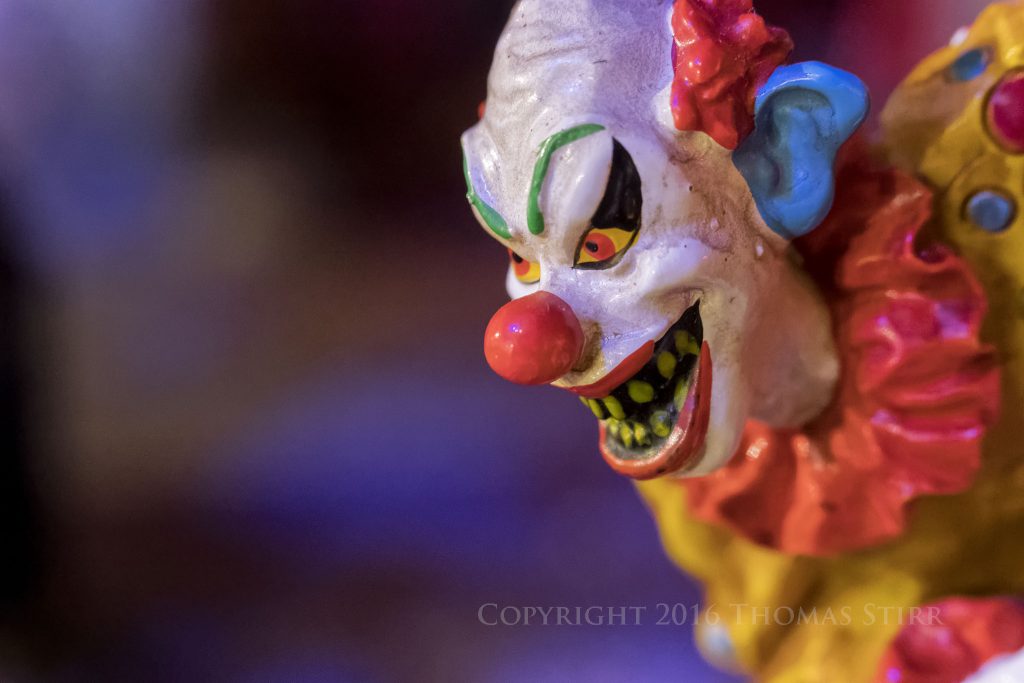
Other than practising and monitoring our results using different lenses at different focal lengths, I know of no other way of us learning where our limits may be.
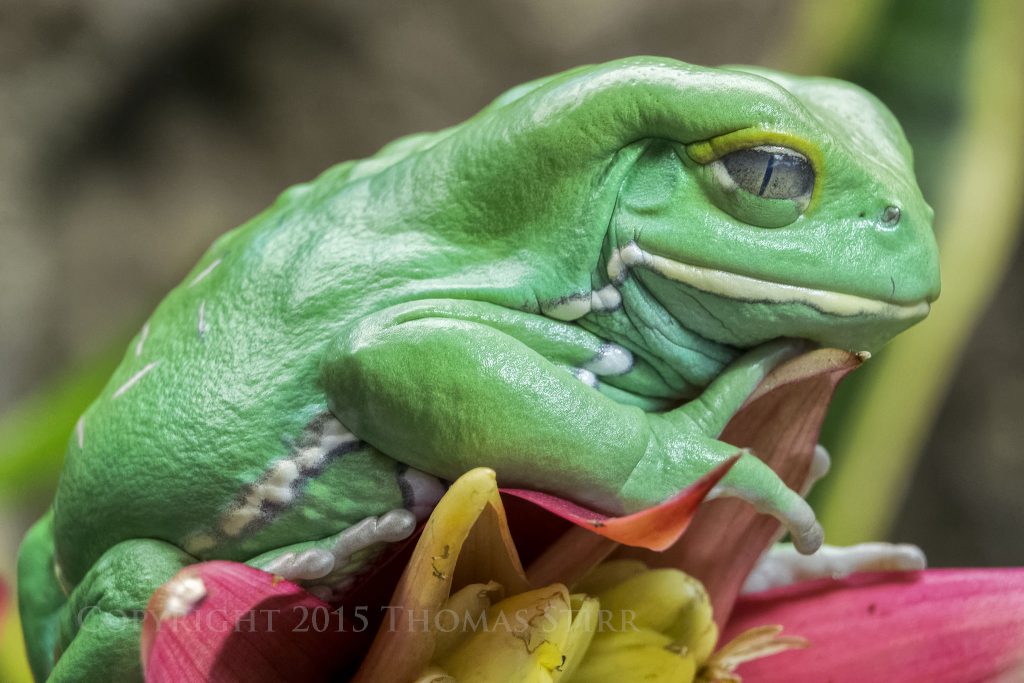
Some of our gear may have nuances in its performance. For example, I have a 1 Nikon 10-100 mm f/4.5-5.6 PD zoom that I use quite a bit for client video work. Even when I shoot using manual settings with an aperture at f/5.6 or higher that lens can produce a very slight shift in exposure when doing long focal length pulls. For many folks this slight shift would not be an issue. When doing client work I need to minimize this effect so I keep my zoom pulls within limits to avoid this potential exposure shift.

You may have zoom lenses that are noticeably less sharp at specific focal lengths. If you have other lenses in your kit that overlap on some of the focal length range it may make sense to change lenses at specific focal lengths. For example, when I used to shoot with Nikon full frame gear I had three Nikkor zoom lenses that had some overlap in terms of focal length coverage: 16-35 mm f/4, 24-85 mm f/3.5-5.6, and 70-200 mm f/4. The weakest of those lenses was the 24-85 mm and I often used it to ‘fill in’ the 36 mm to 69 mm focal length gap between my other two Nikkor zooms.

Your camera gear may have specific capabilities that you are not fully exploiting. My Nikon 1 V2s can shoot at 60 fps at full resolution. The limitation is that the first frame in the run determines focus and locks it for the balance of the run. I owned my V2s for quite some time before I specifically thought about how to use that unique capability. It occurred to me that shooting at 60 fps means that it would take less than a second to fill the buffer on my V2. Certain subjects, like the gull above, would not have physically moved far enough to have affected focus in that time frame. The images above and below resulted from that realization.
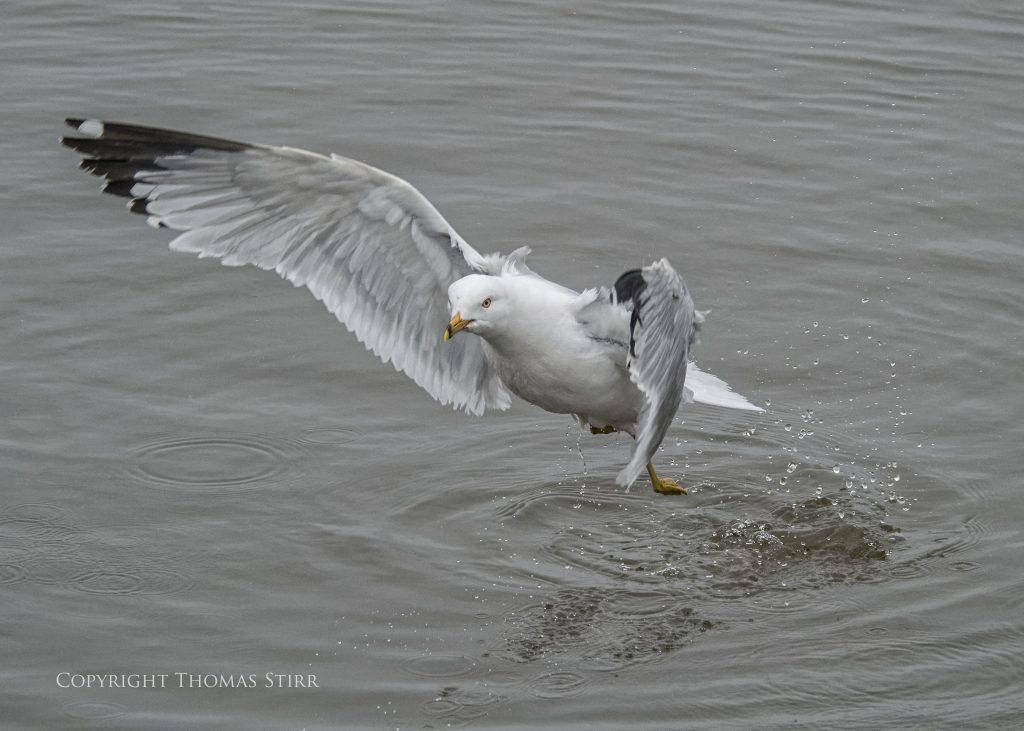
I put this learning to use during a client baler safety video project last year. A key learning point in that video was for the operator to never put their hands or arms inside the baler. We were originally planning to shoot video showing an operator loading the baler with cardboard. Rather than do that I decided to shoot stills from a tripod at 60 fps. This allowed me to capture the exact moment when the operator let go of a piece of cardboard when it was in mid-air entering the baler, and the operator’s hand was clearly outside of the machine. I then stripped the individual frames into the video assembly, setting the frame times to produce a slow motion effect. This also allowed me to hold that one, critical frame on screen for a couple of seconds to reinforce the key safety message.
Every camera has its own auto-focusing modes and experimenting with them will help you determine which mode works best for you with different subjects.

Knowing your gear is understanding the range of shutter speeds at which your camera can shoot. This can be critical for certain types of subjects. For example, my V2s can shoot up to 1/16,000 of a second when used at 15 fps or higher. When shooting single frames they are limited to 1/4,000.
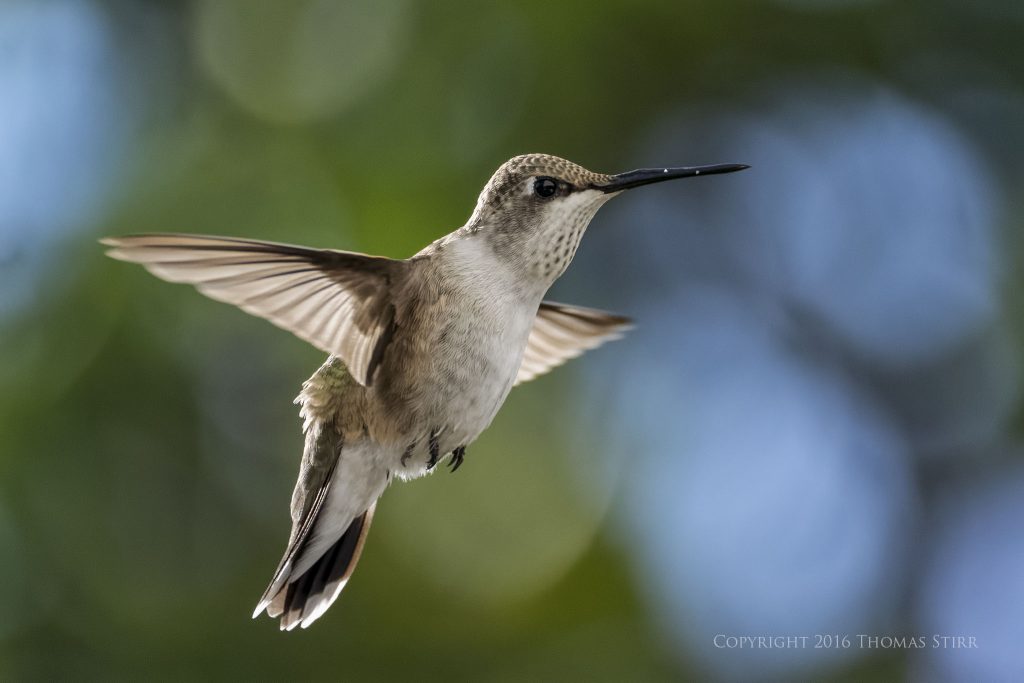
Anyone who has photographed hummingbirds will know that a fast shutter speed is needed to ‘freeze’ wing movement as seen in the image above. Sometimes purposely using a very slow shutter speed hand-held can open up new creative avenues.
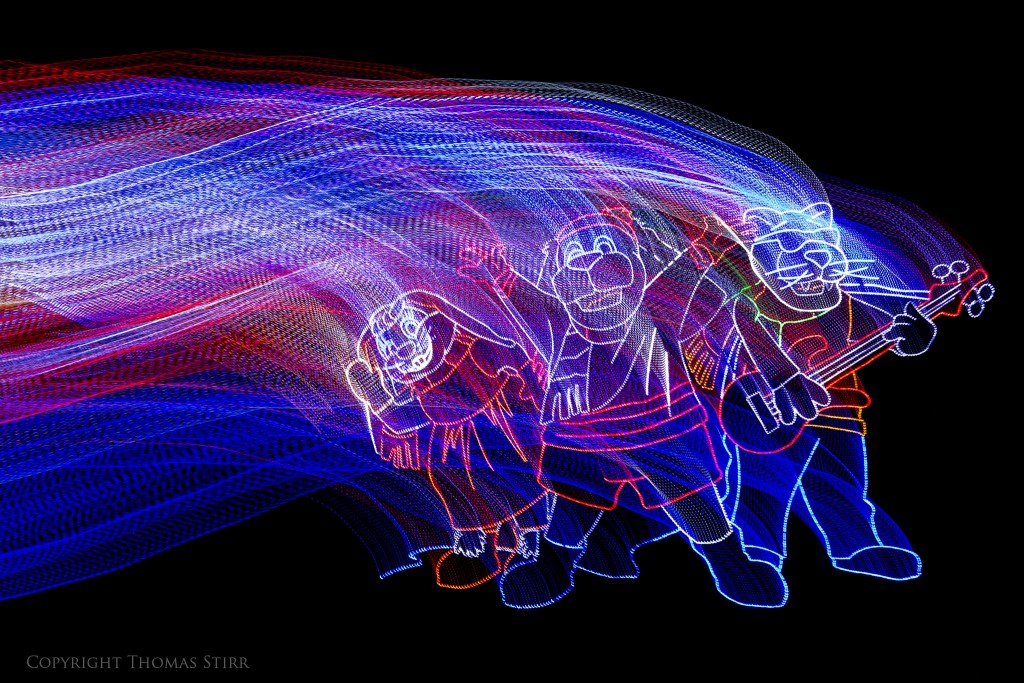
The image above was shot hand-held at a shutter speed of 1.6 seconds. I paused momentarily when first depressing the shutter, then moved my camera to create the light streak effect on the image.

We also need to experiment with, and understand the depth-of-field performance of our lenses. Shooting at wider-angle focal lengths produces more depth of field at any given aperture than shooting with that same lens at a telephoto focal length.

Knowing our gear also includes the software we use. Personally I think folks should simply use whatever works for them. Whether that’s a single program or multiple programs makes no difference.

It is important for us to appreciate that how we process an image can vary significantly depending on the gear we used to capture it. For example, I had some presets that I programmed into OpticsPro to speed up the processing of various types of V2 images. I don’t use these presets when processing my J5 images as that camera has a different sensor and my files react differently. I typically apply sharpening to my V2 images in OpticsPro, but at this point I do not apply any sharpening to my J5 files.
My Nikon D800 files required a very different approach than do those from my Nikon 1 gear. I typically ‘double bump’ my Nikon 1 files in terms of doing highlight adjustments in both OpticsPro and CS6 while I would never do that with my D800 files.
I owned a Panasonic GH4 with a couple of their ‘pro’ f/2.8 zoom lenses for a short time. While the set up had stellar video capabilities I simply did not like the RAW files from that camera and found them very difficult and time consuming to deal with in post. The result was that it was not a good fit for me and I returned the gear, paid a small restocking charge, and moved on.

Knowing your gear is trying strange things. This can be a great way to learn about its capabilities. The image above was shot hand-held with 5 stacked extension tubes. I had no idea if I’d get even one usable image before experimenting.

Knowing the limits of accessories like filters is important. I had to shoot this image in tight as the 55 mm variable neutral density filter I used with my 1 Nikon 10-100 mm zoom can sometimes create uneven blues in the sky when used aggressively.
It is also important to understand the minimum focusing distances of our lenses. For example, the 1 Nikon 10-100 mm f/4-5.6 has a shorter minimum focusing distance than the 1 Nikon 30-110. On the other hand, the 30-110 mm performs much better with extension tubes.

I still have a lot to learn about fully using the potential of my Nikon 1 system, and plan on doing the best I can. I think we’d all be better off if we spent far less time reading about the specifications of camera gear and invested that time in understanding how to use our current gear more effectively.
My intent is to keep this photography blog advertising free. If you enjoyed this article and/or my website and would like to make a modest $10 donation through PayPal to support my work it would be most appreciated. You can use the Donate button below. Larger donations can be made to tom@tomstirr.com through PayPal.
Article is Copyright 2017, images are copyright 2016 Thomas Stirr. All rights reserved. No use, duplication or adaptation of any kind is allowed without written consent. If you see this article reproduced anywhere else it is an unauthorized and illegal use.


Hi Mr Tom!
As usual I liked what you’ve just wrote.
It was by reading your blog that I finally got to think a bit more about some aspects of how to approach the existing equipment in the hand!
I love photo gear, and photos since I was a kid. It was a joy when my father let me hold his Yashica (electro 35 GSN) on the hands.
In my adult life every time I ‘hit a bump’ I change gear and never really took the time to see beyond the buttons.
Until a couple of years. I stopped and its exactly like you’ve been describing. I’ve been using more, learned more about looking at the light, the composition then ever. So thank you for your words and sharing your thoughts on the blog.
And the funny thing – my present camera is starting to fall apart after 10 years i think it’s fare – yesterday I went to a store to look for a new camera and I didn’t like any… then i realize it was just because it didn’t fit my hand in the same way as the old one… 🙂
Cheers and have a great 2017 with your ‘new photo/travel companion’!
All the best
António
Hi Antonio,
Thanks for your comment and sharing some of your experiences with camera gear! Like many of us, I went through a number of twists and turns with my gear over the years from smaller sensor bridge cameras, APS-C, full frame, and a brief time with M4/3 before realising that the Nikon 1 system just ‘feels right’ for me. I’ve gone to some camera shows with some friends during the past few years and looked at all the new, ‘latest and greatest’ gear. I have yet to find anything that interests me in the slightest. I suppose my old, tired brain’s lack of ability to comprehend all of the technical nuances this other gear provides could be a factor!
Tom
Hi Tom:
This is another very useful article on the use of the gear we have in our possession. As a Nikon 1J5 user, I will be delighted to have patience and let you experiment more with the Nikon 1 system so that your experience and great teaching will result in benefiting all who seek to achieve the best from their photographic endeavours.
Hi Ray,
From what I’ve seen you’re doing a great job with your J5 and your D7100!
Tom
Thanks again Tom for a great reminder to focus on craft not acquisition. Cheers. Love the Macro! You get more out of the small gear than anyone else I can find. Very masterfully done and presented. Please keep the musings coming. R
A link to my attempts at art and travel photography
Thanks Ron – I’m glad you enjoyed the article and images!
Tom
Great article and images. You certainly get the best out of the gear you use.
Thanks Anders, I appreciate the comment! Like most folks I still have things to learn!
Tom